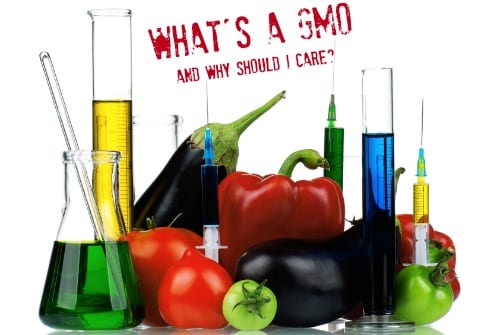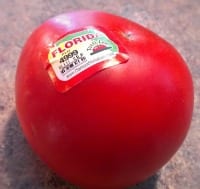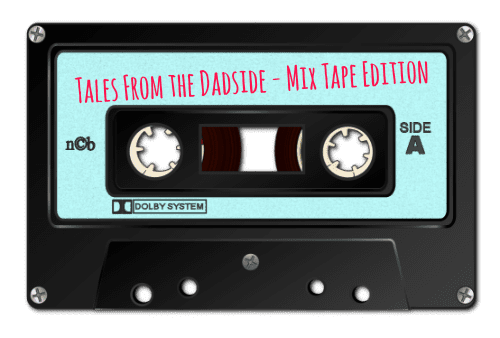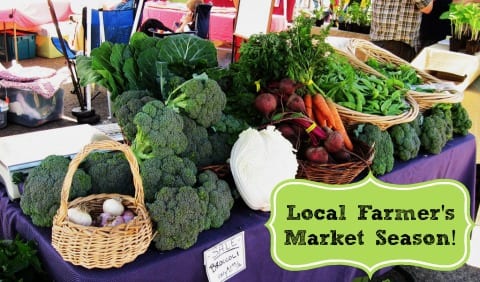What are GMOs & Why Should You Care?

Genetically Modified Organisms, or GMOs, have been popping up on my radar now for quite some time. And, I’ll admit, I found it a bit confusing. What is a GMO, and what does it mean for ME? The following is some information I’ve learned, and I hope you find it helpful as you make your own decisions.
What are Genetically Modified Organisms?
According to Wikipedia, a GMO is an “organism whose genetic material has been altered using genetic engineering techniques. Organisms that have been genetically modified include micro-organisms such as bacteria and yeast, insects, plants, fish, and mammals. GMOs are the source of genetically modified foods…” We’ve all heard of plants that have been developed for better pest or disease resistance – that is an example of a GMO.
Are GMOs harmful?
Regulatory agencies have approved genetically modified food that is currently on the market. However, there has been a growing movement that expresses concern over the safety of these ingredients/foods. In Europe, avoiding such foods is easier because there are stricter labeling laws; it MUST be stated on the label if there are GMOs present in the food. Here in the United States, though, we do not currently have such laws and a lot of our foods may contain GMOs.
Now, if you visit the websites of companies such as Monsanto, there is a lot of research there that will support the flip side of the argument; that GMOs are not harmful and there’s no evidence to support that. So, as you can see, it’s a highly debatable topic. I would encourage you to conduct your own research, and draw your own conclusions.

I prefer to stay away from GMOs, how in the world can I do that?
Know what is most commonly genetically modified.
These would be:
- Soybeans
- Corn
- Rapeseed/Canola
- Sugar beets
- Cotton
- Dairy
- Sugar
- Papayas
- Squash/Zucchini
- Corn sold at roadside stands (yes, even I was surprised at this one). Buy organic corn, popcorn, corn chips only.
- Baked goods (often contain corn or soy products)
Buy food labeled 100% organic
Fortunately, US regulatory agencies do NOT allow manufacturers to label something “100% organic” if it contains GMOs or if it’s been fed genetically modified feed. As many of you will already know, organic food is more expensive. Did you know? Just because a label may read “organic” it can still contain UP TO 30% GMOs…so be sure the label reads “100% organic.”
Check organic certification
USDA certifications, unfortunately, pale in comparison to these trusted Organic Certification institutions: QAI, Oregon Tilth, and CCOF. Check labels for their mark of approval. This applies to eggs, as well. Just because the cartons may read “free-range,” “natural,” or “cage-free” doesn’t always mean they are GMO-free. Look for the 100% organic statement.

Learn to read fruit and vegetable label numbers
This has been particularly helpful for me when buying produce in the market:
- 4-digit numbers mean the food is conventionally produced
- 5-digit numbers beginning an 8, it IS genetically modified. But! You cannot always assume that GMO foods will have a number identifying it, because this labeling is optional.
- 5-digit numbers beginning with a 9 is organic.
Look for 100% grass-fed beef
While it’s true most cattle is grass-fed in the United States, they often spend the last part of their lives being finished out on GM corn (this increases intramuscular fat and marbling). Check the labels – you’d want to get 100% grass-fed or pasture-fed. This also applies to sheep and other herbivores. It is always possible that animals can be fed genetically modified alfalfa, but this is less likely if you purchase your meat locally. Again, always check the labels for 100% organic.
Look for products that are labeled as non-GM or GMO-free
I know, this one can be difficult as there are NO regulations here in regards to labeling. Some do exist, however. You can also research online for companies and foods that do not use GMOs…but know that this information can (and often is) incomplete and there are many conflicting interests out there that aren’t always evident.
Shop locally
Shopping locally allows you to speak directly to the farmer and determine how they feel about GMOs and whether they use them in their products…or not.
Buy whole foods
This means avoiding foods that are processed or prepared; these are easily found in boxed, bagged food…including fast food. Learn to read labels. I’ll admit, I was never much of a label reader until I became interested in adopting a healthier diet. After reading a few labels on processed food, you may never go back!

Grow your own (my favorite!)
Growing your own is easier than it sounds and it is extremely satisfying. You may want to consider growing enough to freeze or can for use during the winter months. Your grocery bill will also thank you!
Although Stacy De Smet grew up on a dairy farm in south-central Pennsylvania, she never anticipated becoming a farmer herself, but that's exactly what happened when she and her family moved to a small farm in Taft, TN, in November of 2005. Over the years they have turned Misty Ridge Stables into a thriving family farm. In addition to boarding horses and running a local CSA, they also offer classes in canning, gardening and many other farm related topics.






